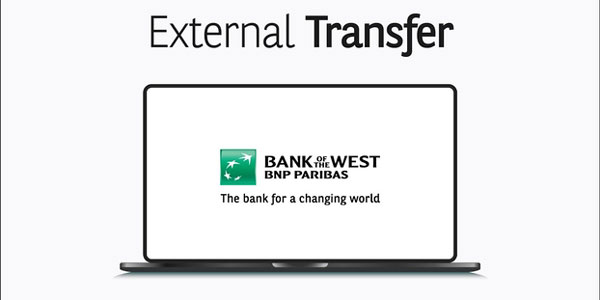Introduction
What Is Check Representment? Banks provide a service called "check representation," which involves submitting a failed check to the account of the check's author until sufficient funds are available to cover it. If a check is returned unpaid, it must be represented in the form of an electronic item. Financial organizations frequently provide free check representation services to their commercial clientele. Having checks represented has several advantages for businesses that accept checks as payment. It reduces the hassle and cost of pursuing payment for goods and services by giving businesses a second chance to be reimbursed. It also lets banks identify problem checking accounts, forewarning companies of the possibility of nonpayment and giving them the option to demand payment in advance. Electronic checks are preferred by representation over paper checks due to reduced processing times and lower handling expenses.
What is the Consequence of Ignoring Check Notifications?
The bank will consider a check accepted if the merchant does not dispute it within five business days. However, if a card processing network such as Visa finds that a retailer has taken too long to reply, the network may impose a fine. The penalties are meant to encourage prompt action from merchants, hastening the resolution procedure so that disputed payments are not held up in provisional status for too long.

Is Representment the Same for all Merchants?
Particularly about the documentation necessary to dispute a check, the standards for representation will vary across retailers. Not only does the type of business accepting the check impact the type of evidence that should be submitted, but the reason code for the check itself also plays a role.
Merchants Who Offer Physical Goods
- Businesses that sell digital products like subscriptions to websites or computer programs
- Businesses that sell professional services, including advertising and debt management
Whether the charge was made once or regularly is also relevant. While there are specific pieces of evidence that each merchant type should collect and present when contesting a check, universal evidence can be used in any case.
What Constitutes Convincing Proof for Representation?
The necessary paperwork to submit for a check may change depending on the check reason code. On the back of every check is a reason code that describes the dispute's basis. Depending on the nature of the complaint, the merchant may need to respond differently. Certain networks also offer "transaction modifiers" and the "reason code." These details expand on the checks and, in the case of some industries (travel, for instance), may affect the type of evidence that must be presented.
Enclose a copy of the terms and conditions of the sale, excerpting or highlighting the relevant sections. Have a customer check a box stating they've read the T&Cs and agree to be bound by them before processing the order. Documentation of the merchant's good faith effort to address the customer's complaints, such as copies of letters between the merchant and the consumer, may also be useful. You may also need to provide copies of related invoices or receipts when cashing a check. The customer's order history can also be displayed to show that they have successfully made similar or identical purchases before. Our recommendations for supporting evidence for each of the three retail types listed above are as follows:
- Businesses selling digital downloads or subscriptions should have a way to prove that a consumer utilized the service, such as a receipt, IP logs, internal data, social media posts, or other means. A consumer's historical acceptance of recurring costs can be demonstrated by providing payment confirmations that they did not dispute.
- Service providers could find it difficult to provide evidence that a checked-in customer actually used their services. These companies demand a signed contract from their clients before they begin any service. The next best thing is records such as invoices, social media posts, IP logs, etc., that detail customers' use of your services.
- Retailers must keep a record of each purchase made by a customer to ensure that the AVS and CVV information they have is accurate and corresponds to the customer's payment credentials. If the issuers and networks can't prove they performed the bare minimum of due diligence, they may reject the merchant's representation package. This is usually sufficient evidence in cases involving unauthorized credit card use.

Conclusion
In most cases, financial institutions will submit a check for clearing with the Federal Reserve twice. Next, the check must be presented at a branch for endorsement. Banks can more easily identify accounts with a history of bounced checks, saving businesses valuable time and money, and check to streamline the collections process.




